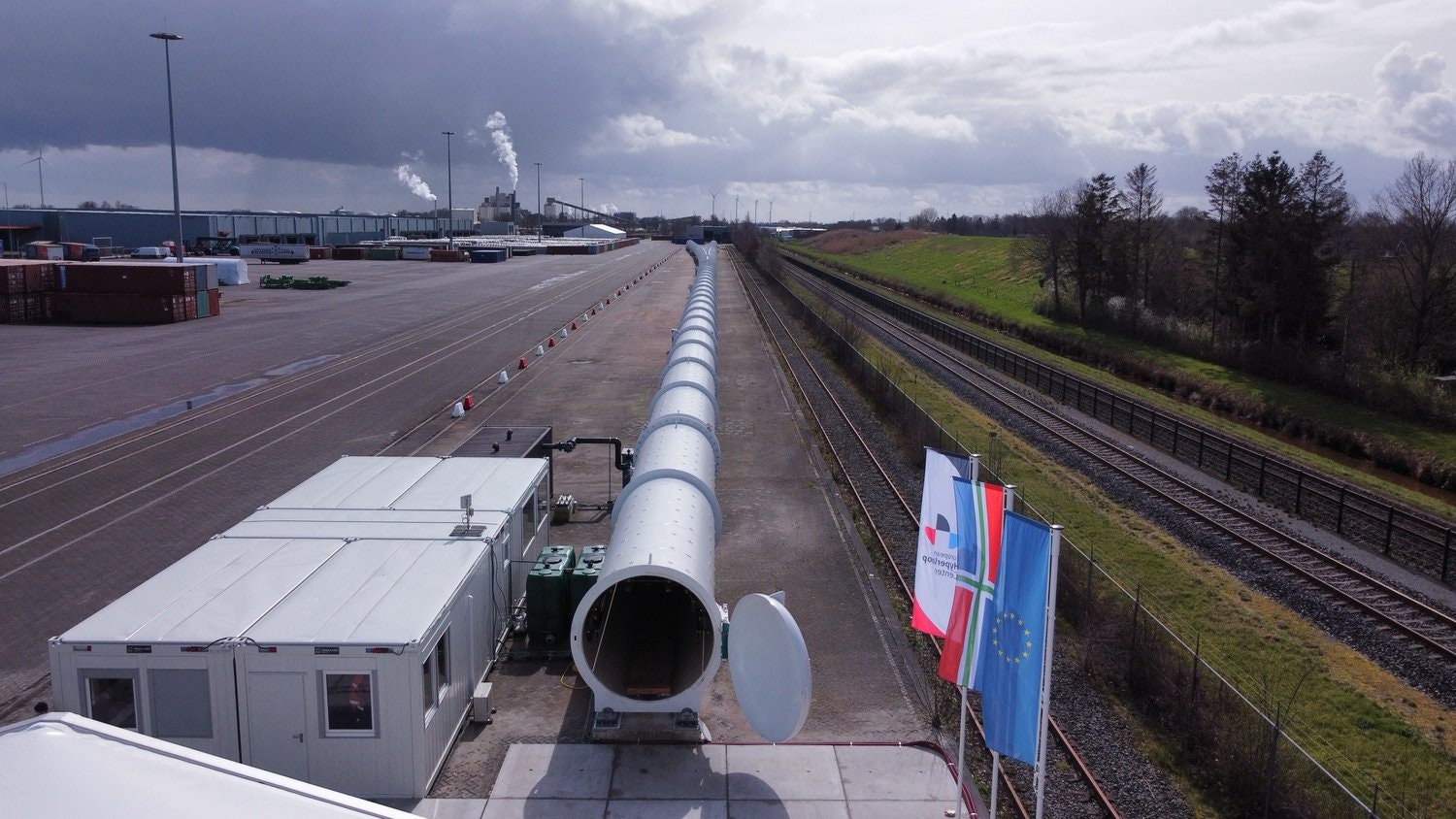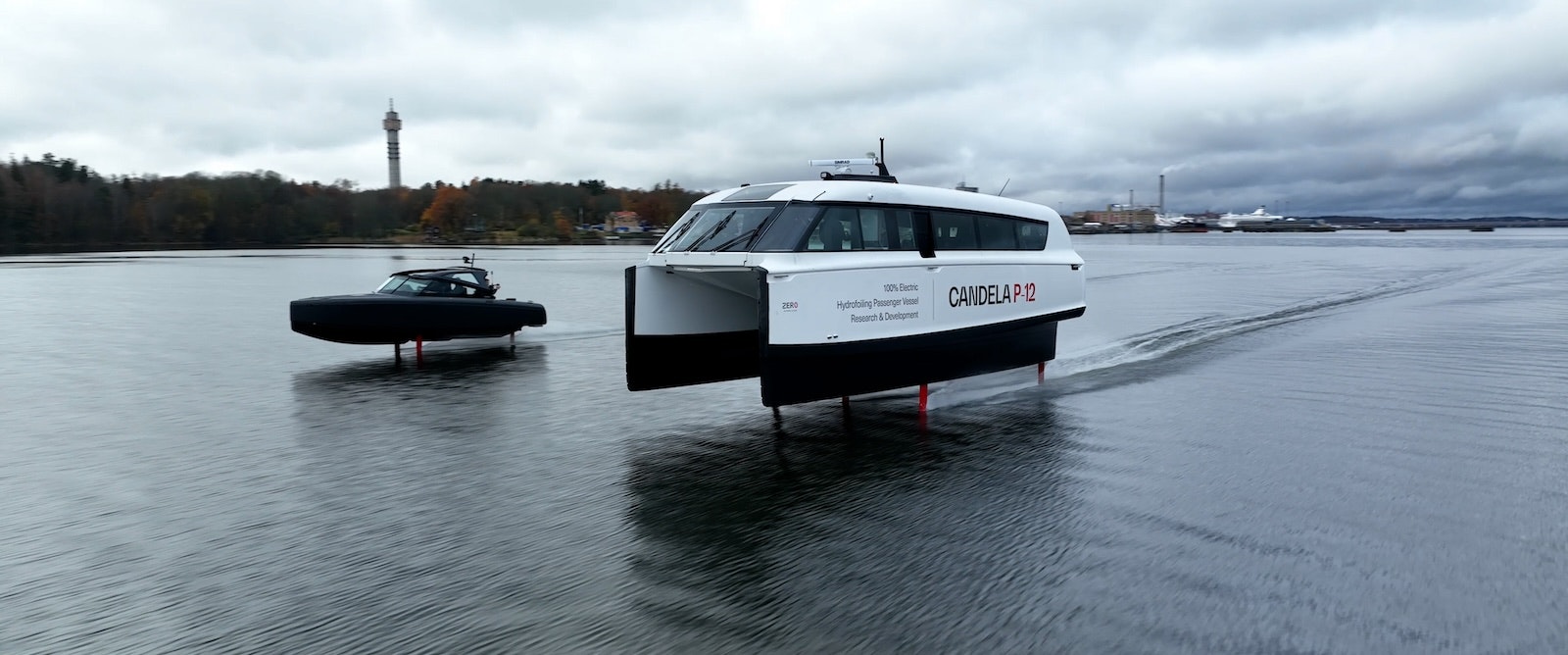Escooters are now a familiar sight in hundreds of European cities. Ireland is the latest country to gear up to make escooters legal on public roads, while UK cities have launched multiple escooter trials over the past year, including London.
Yet debates continue around whether escooters are as ‘green’ as scooter startups say they are.
Studies have shown that escooters emit 102g of CO2 per kilometre (pkm) when factors like manufacturing, operations and maintenance are taken into account; an improvement on the 126g of CO2 pkm they were found to emit back in 2019. That makes them greener than hybrid cars and motorbikes but not as green as the humble bicycle or even a scooter running on gas.
But what do the startups themselves have to say — and what plans do they have to further reduce their environmental impact?
The startups 
Sifted spoke to seven of Europe’s leading escooter players — Stockholm-based Voi, Berlin-based Tier, Amsterdam-based Dott, Berlin-based Wind, Dublin-based Zeus, Dublin-based Zipp and US-based Lime — to get the latest on their green efforts.
Voi, Dott, Wind, Zeus and Zipp operate across many European cities, while Tier also operates in the Middle East and Lime in the US.
Some operators have also won exclusive city tenders in big cities. Voi, for example, is the sole scooter operator in Bristol, Birmingham and Cambridge in the UK, while Tier, Dott and Lime won highly-competitive licences to operate in London and Paris.
Swappable batteries
Scooter operators have come a long way on the sustainability front in their short existence.
When the first scooter sharing services landed in Europe in 2018, scooter models weren’t equipped with swappable batteries, meaning that they had to be picked up by vans and taken to warehouses to recharge. Once scooter models with swappable batteries came along, it was only the batteries that needed transporting back to warehouses for charging. According to a study carried out by Dott, Tier and Voi, swappable batteries reduce operational CO2 emissions by 56% to 81%.
Now, Tier, Voi, Wind, Zeus and Zipp say that 100% of their fleets have swappable batteries. That’s a big improvement for Wind and Tier, which told Sifted in December 2019 that scooters with swappable batteries accounted for 65% and 20% of their fleets respectively.
“The latest models [of our scooters] have better tech and swappable batteries,” Fredrik Hjelm, founder of Swedish shared escooter company Voi, told Sifted in January. “The older models had batteries that lasted three to five rides and then we’d have to take them in, charge them in the warehouse, and put them back on the street. Now you can get 15 rides out of a battery and we swap the batteries right on the street.”
Dott says that 100% of its escooters in France and the UK have swappable batteries. It is in the process of purchasing full swappable battery fleets for its other markets: Belgium, Italy, Poland, Germany and Spain.
Lime, a US-based micromobility company operating in over 100 European cities, lags behind with less than 10% of its fleet with swappable batteries. This is because its older models still have “years” of usable life left, according to Lime’s VP for sustainability Andrew Savage. “Retiring and recycling models that are still usable would be an unsustainable practice and have a net negative impact on our carbon footprint,” he says.
Swappable batteries aren’t perfect though. Safety concerns have been raised about them as they pose a fire risk if mistreated, and come with risks of vandalism and theft.
Some scooter operators are partnering with battery experts to help mitigate these issues. Voi has partnered with Nortical, a Swedish lithium ion battery performance SaaS startup, to help improve battery efficiency and extend lifespan. Tier has joined forces with lithium ion battery manufacturer Northvolt to use the “world’s greenest lithium-ion battery with a minimal CO2 footprint.”
Maintenance
Escooter lifespans have come a long way. Hardware upgrades mean that Dott and Tier’s escooters now last for five years, up from just six months in 2019.
Voi and Lime’s scooters can also last for five years now. Voi says that’s down to “improvements in component design, materials, repairs and fleet management.”
Trailing behind with a life-span of three years is Wind, followed by Zipp Mobility with two to three years depending on the model, followed by Zeus which cites a lifespan of two years.
The transition to swappable batteries for most scooter operators means the amount of warehouse space needed to charge scooters is reduced, but most still rely on a fleet of vehicles to swap out the escooters’ batteries.
In France, Dott uses 100% electric cargo bikes provided by French startup K-Ryole to swap batteries and redistribute escooters. Laurent Kennel, VP of strategic development and sustainability at Dott says that its vehicle fleet is “going to reach 100% by the end of August in the UK.” Voi plans to have a 100% electric vehicle fleet of e-vans and e-cargo bikes by 2022.
Zipp Mobility, which operates in just eight cities, operates a 100% electric vehicle fleet.
Lime says that the percentage of its vehicle fleet which is electric “varies by market and EV availability”. In Paris, it operates a 100% electric vehicle fleet. Ireland-based Zeus, which operates in 20+ European cities, says 80% of its vehicles are electric.
“Nearly 70% of our and our logistics partner’s fleet is electric. In 30% of our cities, we also use e-cargo bikes to support net zero, silent and safe operations,” says Voi’s head of sustainability Sarah Badoux.
Wind and Tier are vague on the true number of electric vehicles in their fleets. Tier says that it’s “aiming for 100% by the end of this year.”
Lime, Tier and Dott are running their warehouses on 100% green energy. Andrew Savage, Lime’s VP for sustainability, says that in its European markets it buys renewable energy from local sources like Octopus Energy in the UK and Planet Oui in France.
Wind has just one warehouse in Israel not yet supplied with green energy (it aims to rectify this soon). 90% of Voi’s warehouses are powered by green energy. Zeus lags slightly behind with 50%, and Zipp has not disclosed this information.
Manufacturing and disposal
Production is notoriously the most carbon intensive factor in the escooter business. Voi’s 2020 life cycle assessment (LCA) found that 65-80% of its service’s emissions come from manufacturing.
All of the operators reuse or recycle between 80-100% of their escooters and the spare parts that form them, and all work with recycling partners to distribute spare parts. Lime, for example, partnered with sustainable speaker startup Gomi earlier this year “to make consumer-grade electric speakers using retired Lime bike batteries.”
Dott’s escooters are still manufactured in Asia but it told Sifted that it has a roadmap to shorten supply chains: “We will start with battery cells that are made in Europe using recycled materials and 100% renewable energy and we aim to produce the entire [escooter] vehicle in Europe by 2025.”
All other operators’ scooters are still manufactured in China or elsewhere in Asia, and use rail and sea to ship the scooters over to Europe (excluding Voi, which uses train only). Lime is the only operator which transports scooters by air; however, it tells Sifted that this accounts for just 5% of its entire transportation methods.
Carbon emissions
Most of the escooter operators have completed LCAs and been able to see the difference in CO2 impact of their newer models with swappable batteries over first generation scooters.
LCAs analyse the potential environmental impacts of products or services during their entire lifecycle. This helps businesses make decisions to mitigate their environmental impact.
Voi’s current model — a swappable battery scooter with electric operations (like battery swap, charging) powered by renewable energy — has seen emissions as low as 18g CO2 per passenger kilometre (ppkm).
“The mark that we’re setting for ourselves is that the carbon footprint per passenger, per kilometre, should be lower than public transit in all markets we’re operating in,” Hjelm told Sifted.
Tier says that it's seen more than a 60% improvement in CO2 reduction for each scooter ppkm. Its current model emits 42.8g CO2 /ppkm in all cities, differing from 121g CO2 /ppkm of its first models.
In 2020, Dott partnered with French research institution École Polytechnique and found that it reduced carbon emissions by 56% ppkm with a swappable battery fleet and a 100% electric logistics fleet.
Dott's Kennel tells Sifted that its currently assessing the full lifecycle of its latest generation of escooters, but estimates that its current model emits 30g CO2 /ppkm.
Lime’s Savage says that its latest escooter model “is less than half the impact per passenger km traveled of a typical public bus (at 100g of CO2 /ppkm) and less than 1/7th of a personal vehicle (at 332g of CO2 /ppkm).”
Zipp is currently underway with its LCA and plans to have it done by the end of this year. Zeus says that it hasn’t carried out an LCA “in detail” yet, but says it aims to be “fully carbon neutral by 2022.”
Wind has found that in 2021 so far, its riders have saved approximately 450-500 tonnes of CO2 per month by riding its escooters instead of a car. “This is calculated by assuming all the trips taken by our scooters were taken by passenger cars and by taking into account how much less CO2 is emitted per minute of commute time saved,” says Catriona Meehan, Wind’s head of policy & sustainability.


